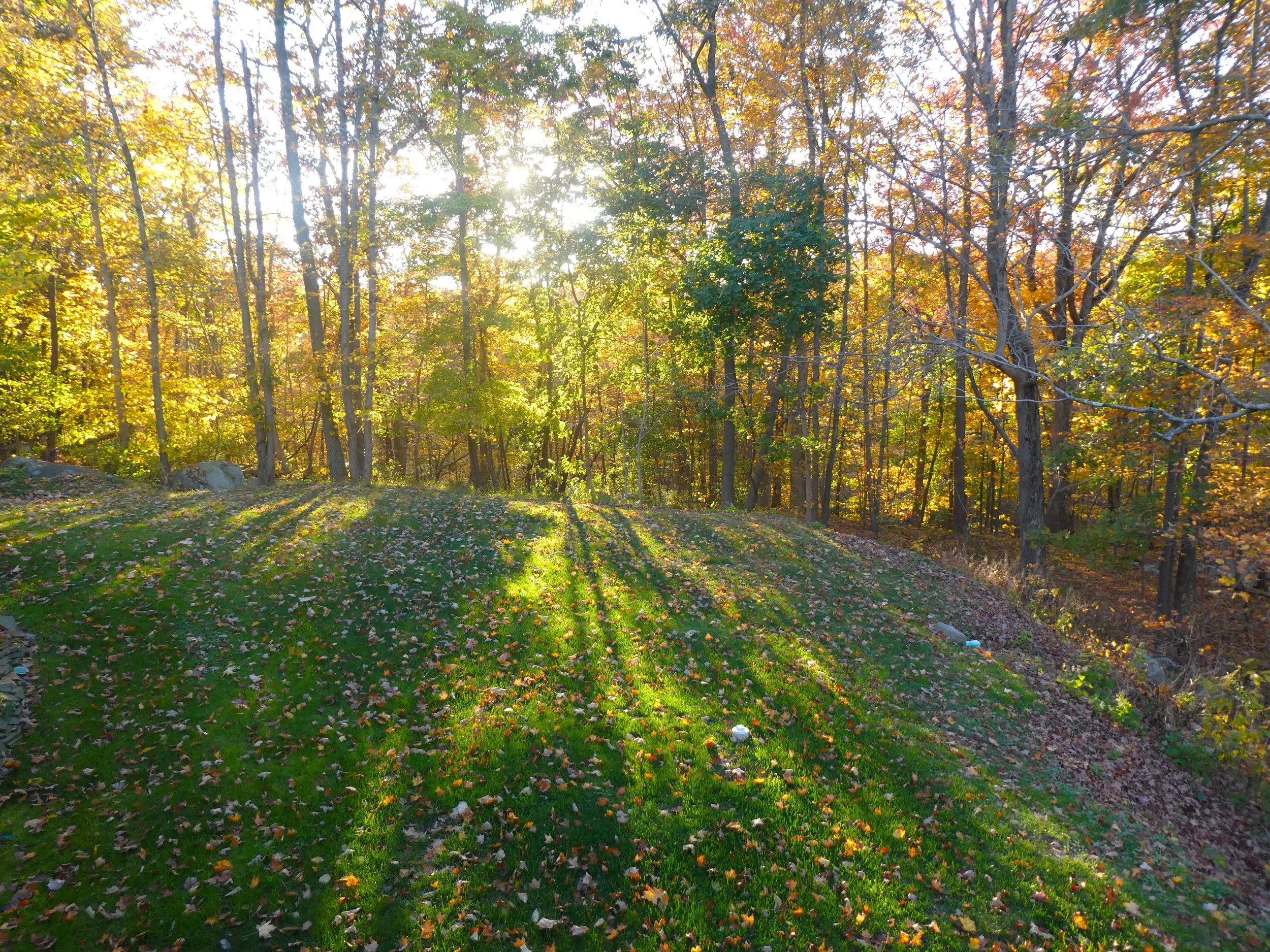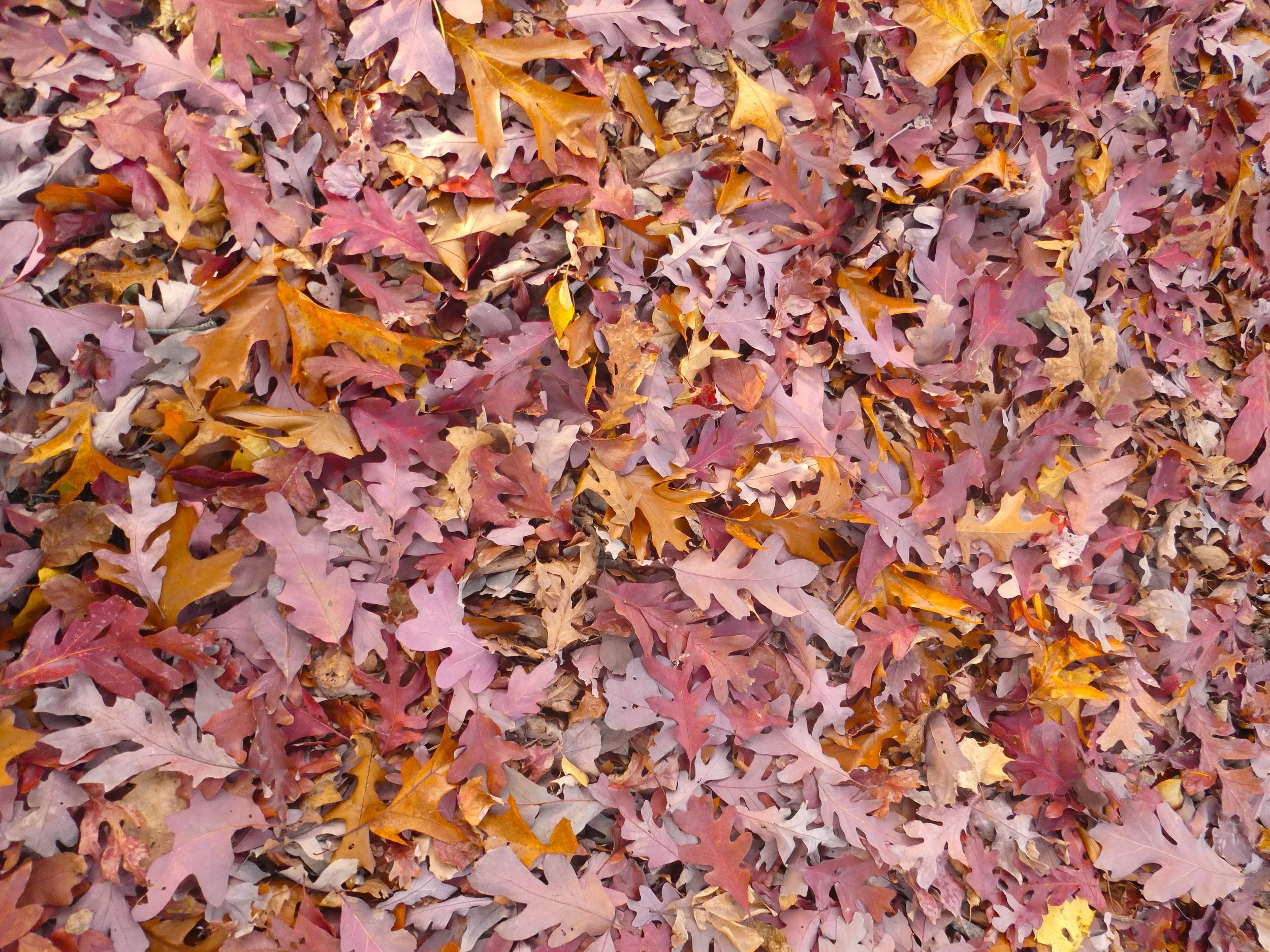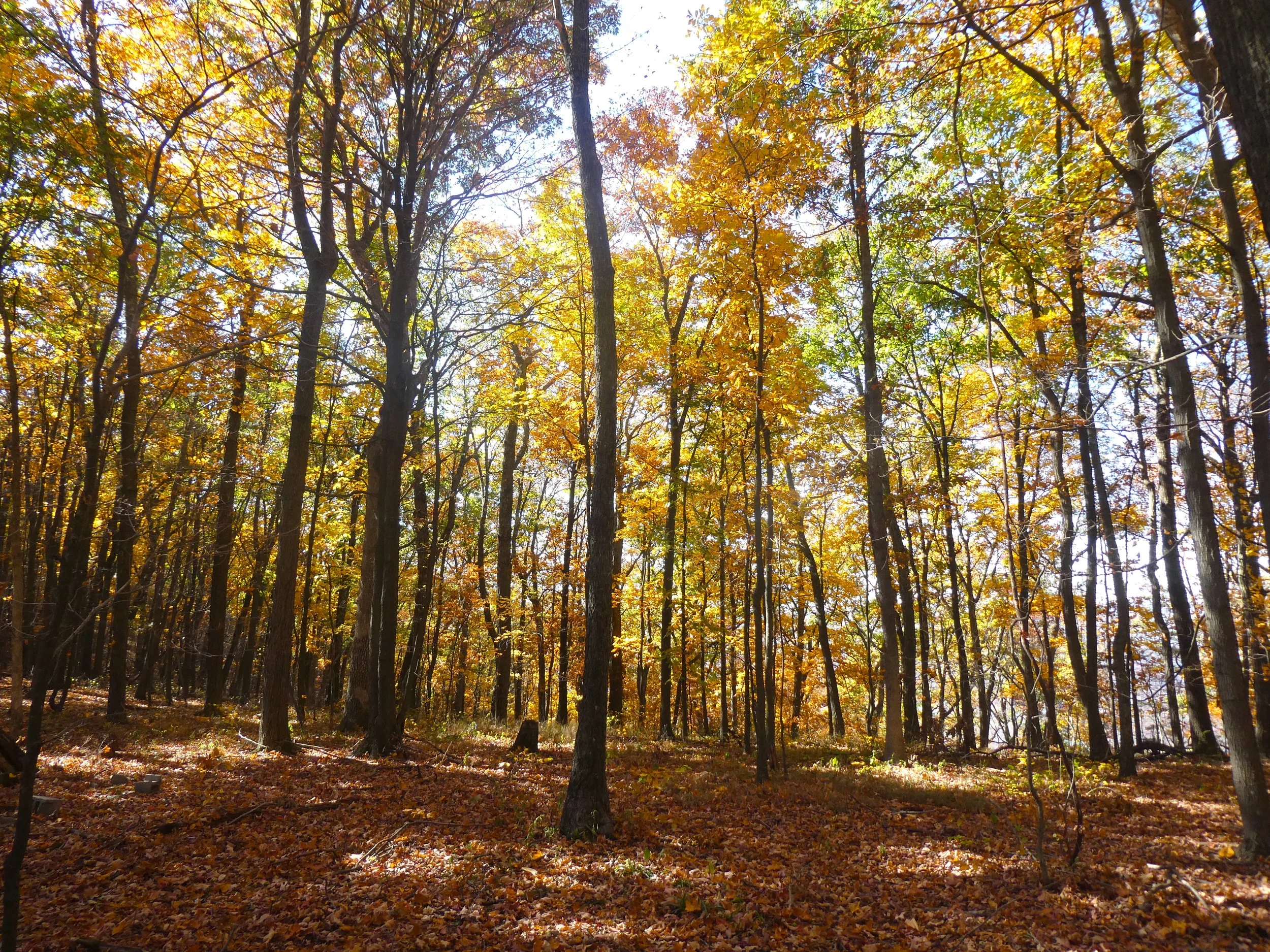Leaving the Leaves this fall …
As autumn rolls in with cooler weather, the annual ritual to purge the yard of fallen foliage causes leaf filled paper bags to line streets across America. Unfortunately, this has become commonplace but can be quite detrimental to the environment and local ecosystems.
While some bags of leaves that are hauled away are recycled and turned into leaf mulch, others can pile up in landfills, where they decompose. If there is not enough oxygen for decomposition, piles of leaves will produce significant amounts of methane, a greenhouse gas that is more than 25 times as potent as carbon dioxide. According to the EPA, yard trimmings (including leaves) made up around 13% of all waste generation, about 34.7 million tons.
Keeping leaves in your yard allows you to avoid the hassle of bagging them up. Another reason to keep some leaf litter in your yard is the benefits it provides to the soil. Leaves have nutrients that will be recycled into the ground and used by plants the following year. Foliage also turns into organic matter, creating healthier soils which can also reduce compaction. If the leaves are left intact (unshredded), they also support a variety of beneficial wildlife by providing habitat for fireflies, frogs, bees, and butterflies as well as nesting material for birds and mammals.
To incorporate leaf litter into your yard, an easy option is to keep it where it falls and mow right over it. Another choice is to shred them and then sprinkle them in a garden bed or around shrubs as a mulch. A third option is to keep them whole and rake a light layer into a garden area. If you compost, leaves can offer a layer of browns in active compost.



